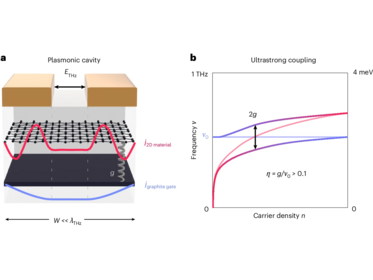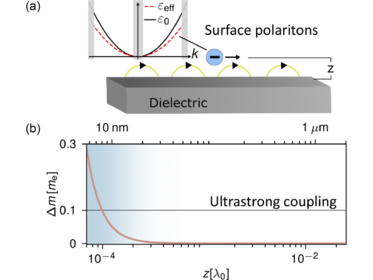
(Symbolic figure)

If you have been always excited about Hermitian and non-Hermitian operators, you want to deepen your (and our) knowledge on quantum materials in interaction with light (or sometimes without), you are not afraid of computers, and you enjoy to work in an agile international team: make your bachelor, your master or even your PhD thesis in the LMCQM group. Contact Michael for further details.
We are a theoretical condensed matter physics research group having fun at the intersection of non-equilibrium many-body physics, quantum materials, and quantum optics. We also simulate atomistic systems with different levels of approximations, and participate in the development of an open source scientific software package which is used all over the world.
We are part of the Institute for Theoretical Physics and the Bremen Center for Computational Materials Science and are member of the CECAM-node CECAM-DE-QMDYN .


